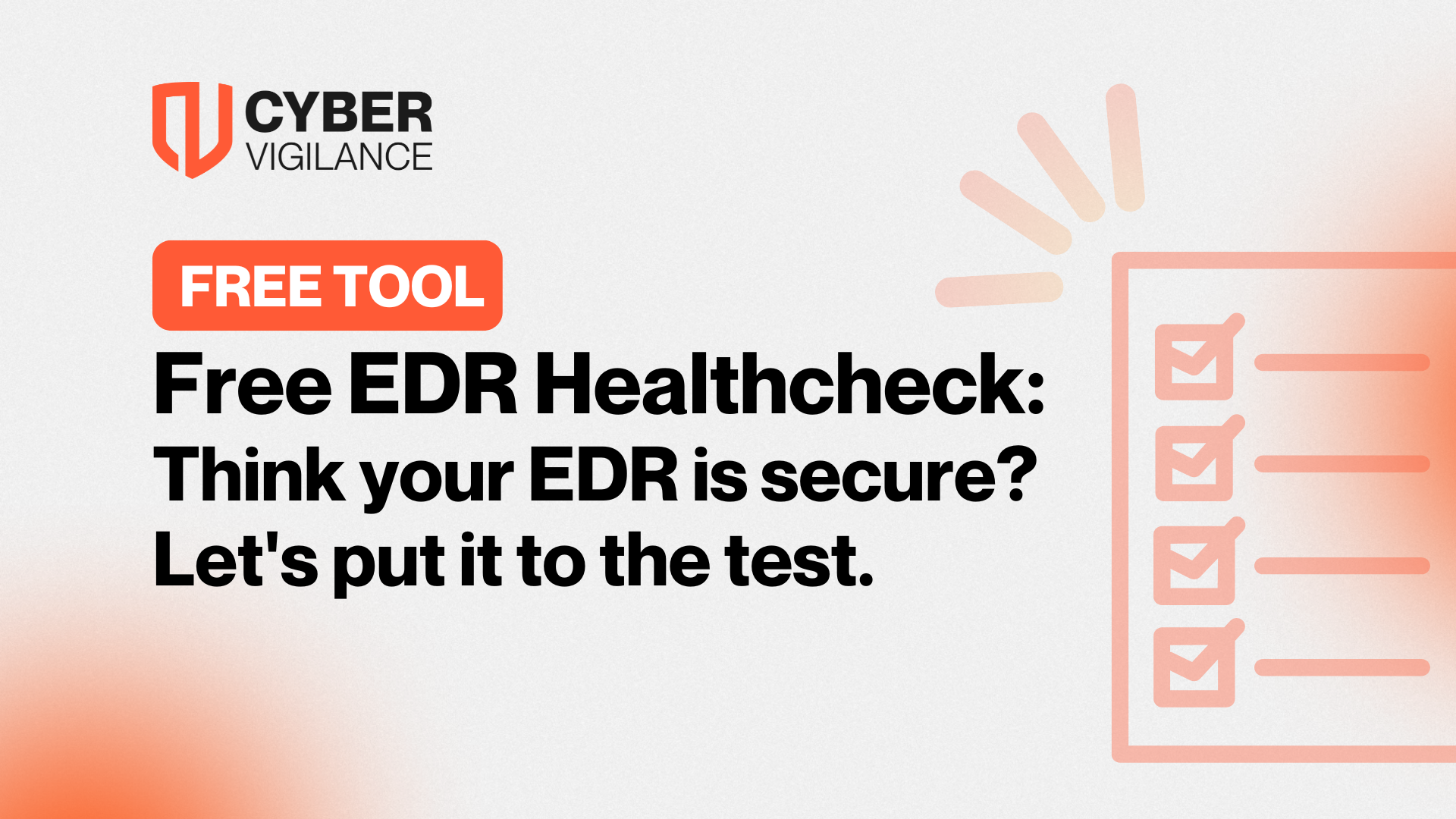Cyber Threats in UK Retail: Biggest Attacks of 2025, Compliance Essentials, and How We Can Help
Read of deepdive on what's been happening in the retail industry, how to stay compliant and how to defend.
The UK retail sector has faced an absolutely brutal year when it comes to cyber threats. We're talking about a 52% increase in retail cyberattacks compared to 2024, with some of the biggest names in British retail falling victim to sophisticated cybercriminals. If you're running a retail business, these incidents aren't just cautionary tales: they're wake-up calls that could save your company millions.
Let's dive into what's been happening, what you need to know about staying compliant, and most importantly, how we can help protect your business from becoming the next headline.
The Year Retail Got Hit Hard
Marks & Spencer: The Easter Weekend Nightmare
M&S suffered what can only be described as the most financially devastating cyberattack ever experienced by a UK retailer. The ransomware attack hit over the Easter weekend: arguably one of the busiest shopping periods of the year. The result? Complete suspension of online orders and contactless payments going down across their stores.
The financial impact was staggering: M&S lost £300 million in market value almost overnight. While the attackers managed to access customer information, M&S maintained that payment details and passwords weren't compromised. Even months later, some of their online ordering and delivery services remained unavailable: showing just how long the recovery process can take.

The Co-operative Group: Empty Shelves, Compromised Data
In April, the Co-op found themselves in the firing line. Cyberattacks disrupted their IT systems so severely that shelves across their 2,000+ supermarkets went empty. Initially, they reported no data theft, but later had to come clean: criminals had obtained member data, including names and contact information.
The silver lining? The Co-op's IT team made the smart decision to proactively shut down parts of their systems as a precautionary measure. This likely prevented hackers from deploying ransomware and causing even greater damage.
Other Major Players Hit:
Harrods wasn't spared either, experiencing disruptions to their ecommerce and payments processing during the concentrated attack period in April and early May. H&M suffered an IT outage in June that briefly took their in-store payment systems offline.
Later in the year, Jaguar Land Rover experienced a major cyber incident in September that caused supply chain issues, and Heathrow Airport faced disruptions due to an attack on one of their suppliers.
Who's Behind These Attacks?
The main culprit behind many of these attacks was a group called Scattered Spider: a loosely affiliated criminal group of young cybercriminals who are disturbingly good at what they do. They use AI-generated phishing, SIM swapping, and open-source intelligence to devastating effect.
What makes them particularly dangerous is their ability to impersonate employees using native knowledge of UK slang, systems, and organisational structures. They're not your typical overseas hackers: they understand how British businesses work from the inside.
The actual ransomware deployment often came through DragonForce, a commercially available ransomware-as-a-service tool. This means you don't need to be an elite hacker to cause millions in damage: you just need to rent the right tools.

Why Retailers Are Such Attractive Targets
Understanding why cybercriminals target retail businesses is crucial for protection:
- High-value data: You're sitting on goldmines of customer information: payment details, personal data, shopping habits. This data is incredibly valuable on the dark web.
- Multiple attack surfaces: Your digital transformation initiatives have created more entry points. E-commerce platforms, IoT devices like smart shelves, connected point-of-sale systems, and surveillance technology all represent potential vulnerabilities.
- Media attention: Attacks on well-known retailers generate significant press coverage, which increases the notoriety for attackers and can be used as leverage in ransom negotiations.
- Financial pressure: When your payment systems go down, you're potentially losing up to £73 million per minute in the first 10 minutes. This creates enormous pressure to pay ransoms quickly.
Compliance and Regulations: What You Need to Know
GDPR: Still the Big One
The General Data Protection Regulation remains your primary concern when handling customer data. With fines of up to 4% of global annual turnover or €20 million (whichever is higher), GDPR compliance isn't optional: it's business critical.
Key requirements include:
- Data protection by design and default
- Mandatory breach notifications within 72 hours
- Customer consent for data processing
- Right to erasure and data portability
PCI DSS: Protecting Payment Data
If you process, store, or transmit credit card information, you must comply with the Payment Card Industry Data Security Standard. This includes:
- Maintaining secure networks and systems
- Protecting stored cardholder data
- Maintaining vulnerability management programmes
- Implementing strong access control measures
Cyber Essentials: Government-Backed Framework
The Cyber Essentials scheme is increasingly becoming a requirement for government contracts and is excellent for demonstrating your security posture to customers. It covers:
- Boundary firewalls and internet gateways
- Secure configuration
- Access control
- Malware protection
- Patch management
How Modern Attacks Work
Understanding attack methods helps you defend against them:
- Social Engineering and IT Helpdesk Exploits: Hackers impersonate employees to manipulate helpdesk agents into resetting passwords or disabling multi-factor authentication.
- Active Directory Exploitation: Once inside your network, attackers escalate privileges and move laterally to access critical systems and data.
- IoT Device Vulnerabilities: Those smart shelves and connected POS systems? If they're not properly secured, they're entry points into your network.
How Cyber Vigilance Can Help Protect Your Retail Business
At Cyber Vigilance, we understand that every day your systems are down costs you money, customers, and reputation. Here's how we can help:
Comprehensive Risk Assessment
Our cyber security readiness services start with understanding your current security posture. We'll identify vulnerabilities before attackers do, evaluate your incident response readiness, and benchmark your security against industry best practices.
Multi-Layered Security Solutions
We don't believe in one-size-fits-all solutions. Our approach covers:
- Network security: Protecting your infrastructure from intrusion
- Endpoint protection: Securing every device that connects to your network
- Email security: Stopping phishing attacks before they reach your staff
- Data protection: Ensuring customer information stays secure
- Cloud security: Protecting your cloud-based systems and data
People-Focused Security
Technology alone isn't enough. Our people-focused solutions include role-based cybersecurity training customised for your retail environment. From customer service staff to logistics teams and senior management, everyone gets training relevant to their role and the threats they're most likely to face.
24/7 Threat Detection and Response
Our managed threat detection services provide round-the-clock monitoring and response. When every minute counts, you need security experts watching your systems and ready to act immediately.
Implementation and Optimisation
We don't just sell you security tools and walk away. Our product implementation and optimisation services ensure your security solutions work effectively together and evolve with your business needs.
Building Cyber Resilience
The attacks of 2025 have taught us that cybercriminals no longer need nation-state backing or elite skills to bring down major retailers. With companies potentially losing millions per minute when payment systems go down, preparation isn't just recommended: it's essential for survival.
Here's what resilient retailers are doing:
- Implementing Zero Trust Architecture: Never trust, always verify. This approach treats every user and device as potentially compromised until proven otherwise.
- Regular Penetration Testing: Find your vulnerabilities before attackers do. Regular testing helps identify weaknesses in your defences.
- Incident Response Planning: When: not if: an attack occurs, you need detailed response playbooks and regular testing to ensure your team knows exactly what to do.
- Supply Chain Security: The Heathrow incident shows that attacks on suppliers can impact your business. Ensure your partners meet your security standards.
Moving Forward
The retail sector will continue to be an attractive target for cybercriminals. Large organisational footprints, high employee turnover, and vast customer data repositories make retailers irresistible targets. But with the right preparation, partnerships, and security measures, you can protect your business, your customers, and your reputation.
Remember: these incidents aren't anomalies: they represent the new normal. Comprehensive cybersecurity preparation is no longer a nice-to-have; it's essential for business survival in today's threat landscape.
If you're ready to take your retail security seriously, get in touch with our team. We've helped businesses across the UK strengthen their defences, and we're here to help you too. Because when it comes to cybersecurity, being proactive is always better: and cheaper( than being reactive.)
Get safer now
See how Managed Threat Detection can make a difference for you. No obligation free trial.
©2025 Cyber Vigilance
Powered by Disruptive
Naggs Stable, Old Portsmouth Road, Guildford, Surrey, England, GU3 1LP

.png)

